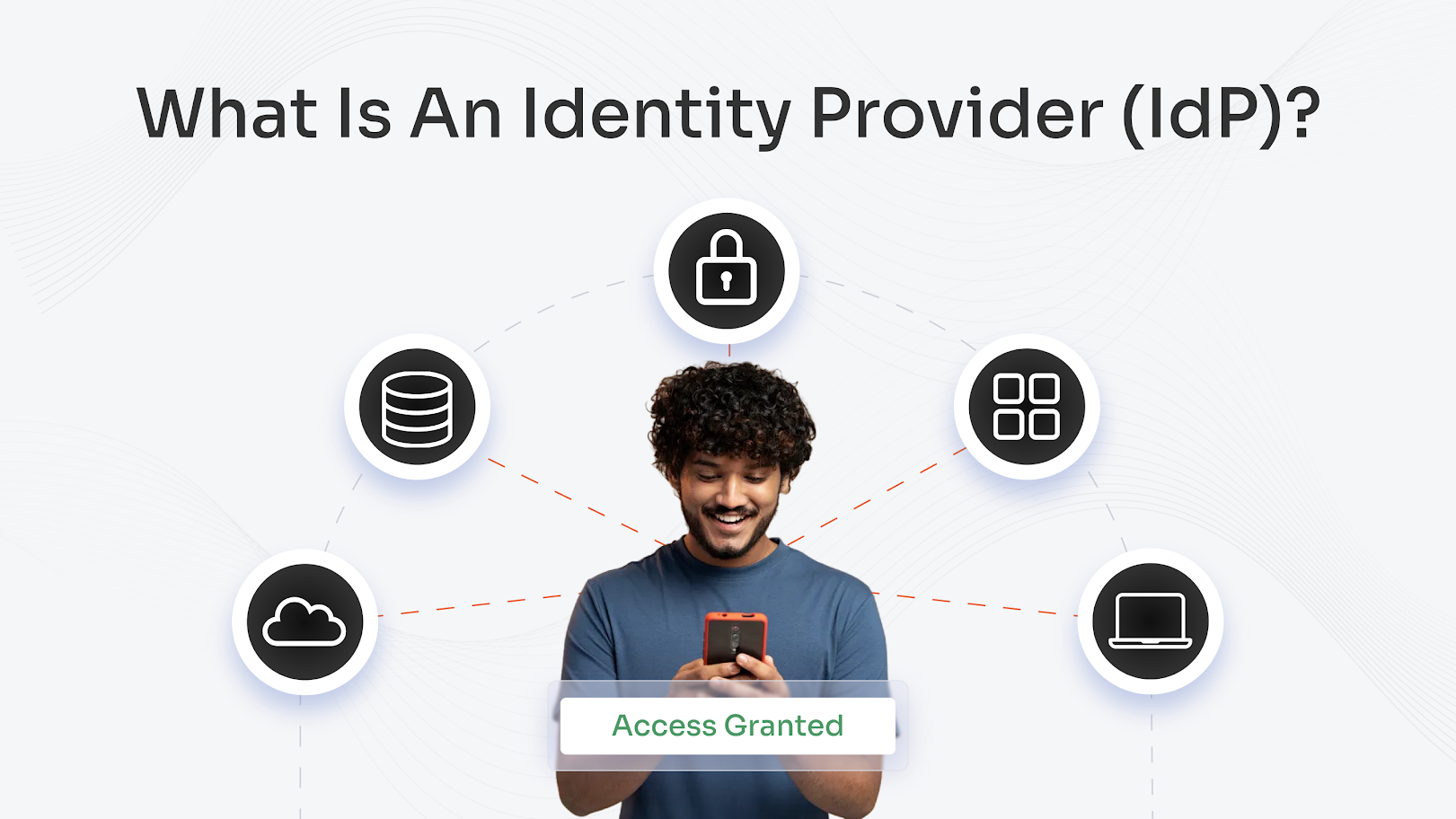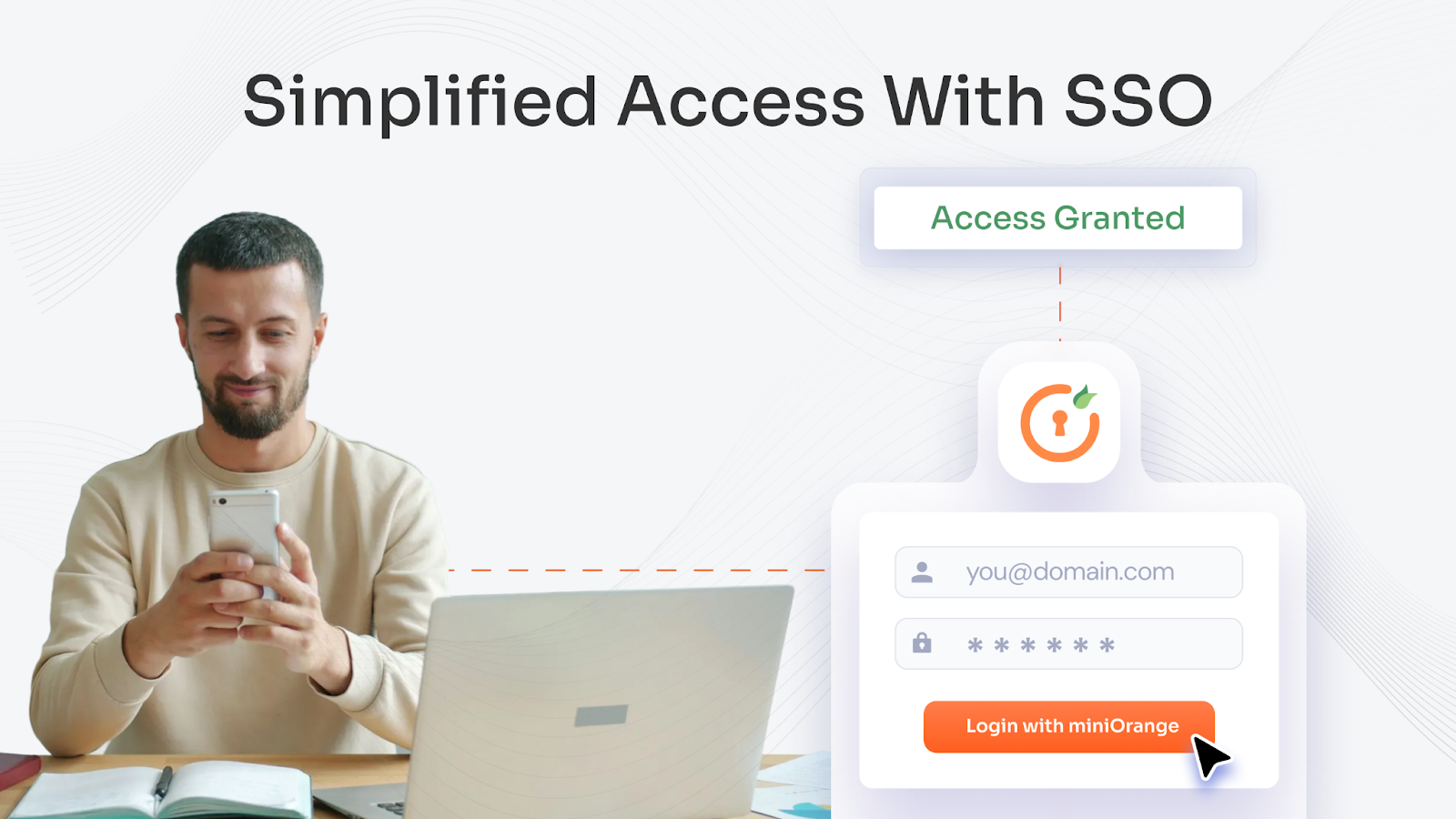As modern enterprises strive to enhance network security and streamline access control, implementing AAA (Authentication, Authorization, and Accounting) with a TACACS (Terminal Access Controller Access Control System) server has become a mandatory step in network security best practice. This comprehensive guide will walk you through the process of configuring AAA with a TACACS server for enterprise networks, enabling centralized authentication, granular authorization, and detailed accounting.
What is AAA?
In the network security space, AAA stands for Authentication, Authorization, and Accounting. It is a framework or concept used for securing enterprise networks through identity management & access control, enforcing security policies, and tracking user activity. This framework provides a comprehensive approach to managing user authentication, determining access privileges, and recording usage information for auditing and accountability purposes. Radius and TACACS+ are two popular protocols used in AAA services.
Let us dig more into the three components of the AAA framework:
- Authentication:
The process of verifying the identity of users or devices attempting to access a network is known as Authentication. This is a fundamental step in the AAA framework, ensuring that only legitimate users gain entry. Some examples of authentication methods are passwords, certificates, biometric factors (fingerprint, facial recognition), or token-based authentication. - Authorization:
The next step in the AAA framework is authorization, which determines the level of access and permissions granted to the authenticated entity. Granular access control policies should be implemented to ensure that users have appropriate privileges based on their roles and responsibilities within the organization. - Accounting:
This step aids in security auditing and fraud detection because it records important information such as login/logout times, session durations, data transferred, and specific actions performed. AAA frameworks provide centralized accounting mechanisms for easy monitoring and analysis of user activity.
What is TACACS?
TACACS or Terminal Access Controller Access Control System is a network protocol and framework used for controlling access to network devices and services. TACACS provides authentication, authorization, and accounting (AAA) functionality, allowing organizations to secure and manage access to their network infrastructure.
TACACS Vs.TACACS+
TACACS protocol was first developed by Cisco Systems to facilitate Authentication, Authorization, and Accounting or AAA Services to secure enterprise networks like routers, switches, VPNs, etc. TACACS+ protocol is an enhanced version of the older TACACS protocol, also developed by Cisco. TACACS+ provides a more flexible authorization framework, supporting fine-grained access control and a wider range of attributes. It has broader vendor support and is considered more secure than TACACS.
TACACS+ Vs. HWTACACS
HWTACACS protocol is another variant of the TACACS+ protocol, which was specifically designed to work with Huawei networking devices. But when it comes to TACACS+, it not only works well with Cisco network devices but also supports multiple other vendors and is widely adopted by various manufacturers. HWTACACS is tailored to meet the specific requirements of Huawei devices and may have unique features or integrations with Huawei's ecosystem, whereas TACACS+ is known for its flexibility, advanced authorization options, and stronger encryption.
AAA TACACS Server Configuration
Configuring a TACACS server involves several steps to set up authentication, authorization, and accounting services. Here's a general outline of the process:
Install and Configure TACACS Server Software:
- Choose a TACACS server software that suits your needs (e.g., miniOrange, Cisco Secure ACS, TACACS.net).
- Install the server software on a dedicated server or virtual machine.
- Configure the server software by specifying parameters such as IP address, port number, shared secret key, and authentication methods.
Define User Accounts:
Create user accounts on the TACACS server, specifying usernames and passwords. Optionally, you can define additional user attributes like group memberships, access privileges, and authorization settings.
Configure Network Devices for TACACS Authentication:
- Access the configuration interface of your network devices (e.g., routers, switches).
- Configure the devices to use the TACACS server for authentication by specifying its IP address and port.
- Set the shared secret key to match the one configured on the TACACS server.
Authorization Configuration:
- Configure authorization settings on the TACACS server to control user access privileges and permissions.
- Define access policies based on user roles or groups.
- Specify the level of access granted for various commands or resources.
Accounting Configuration:
- Enable accounting on the TACACS server to track and log user activities.
- Specify the accounting methods (e.g., start-stop, interim-update) and the type of data to be logged (e.g., login events, command history).
Testing and Verification:
- Test the TACACS authentication by attempting to log in to the network devices using the TACACS server credentials.
- Verify that the authorization settings are correctly applied, allowing or denying access based on the defined policies.
- Monitor the accounting logs to ensure that user activities are properly recorded.
Implementing AAA TACACS with miniOrange
You can easily manage and increase the security of all of your network devices like routers and switches with miniOrange AAA service with TACACS/TACACS+. Get a centralized dashboard where you can add all your TACACS/TACACS+ devices and configure their authentication source like verifying user identities from your existing databases and directories like Active Directory or AD. For increasing or adding the extra layer of Security, you can enable Multi-Factor Authentication(MFA) on top of regular authentication and enable any of the 15+ MFA methods that miniOrange provides. We support diverse use cases that enterprises require, like AD authentication + MFA, local authentication + MFA, and many more.
You can get a TACTACS+ AAA solution specifically designed to secure all your Cisco devices like Cisco Routers and Switches in your entire organization. Secure all your Network Devices like Wi-Fi, Routers, Network Switches, and Firewall and enable MFA without installing any external proxy with the miniOrange solution. Test how our solution will function in your environment with a one-month full feature free trial/ POC
FAQ
What are the other Vendor Network Devices supported by the miniOrange TACACS+ solution other than Cisco devices?
The miniOrange TACACS+ solution supports multiple vendors like Huawei, Juniper, Fortinet, Arista, Palo Alto, and many more along with Cisco network devices to effortlessly enable AAA services to secure their network devices like Wi-Fi, Routers, Network Switches, and Firewall, etc. Also, if you want to add next-level security, the miniOrange solution can enable MFA by simply using an external proxy.




Leave a Comment